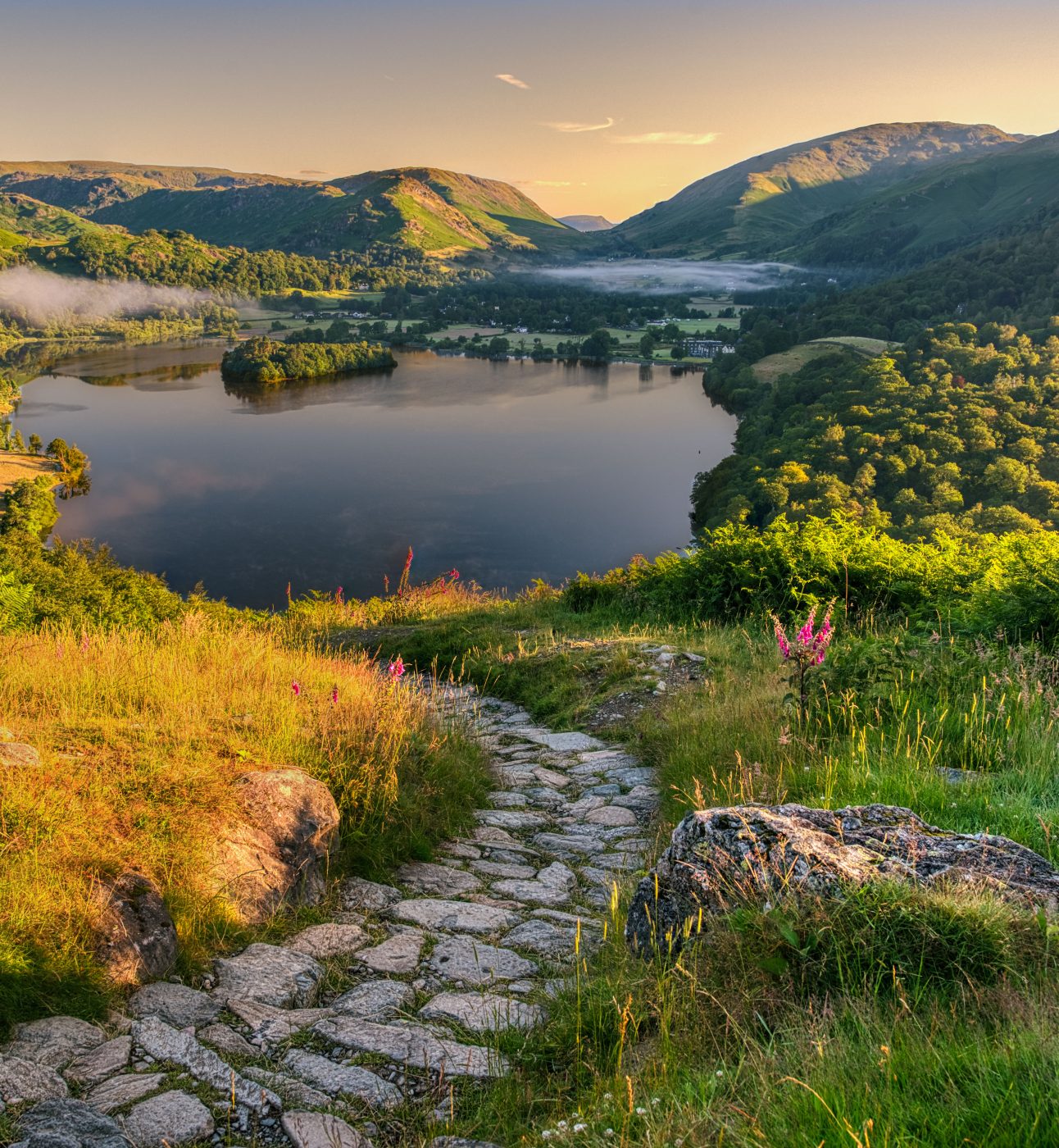
Over 170 signatories calling for stronger protections
Over 200 charities, businesses and organisations have signed our open letter to Keir Starmer asking him not weaken the laws protecting National Parks
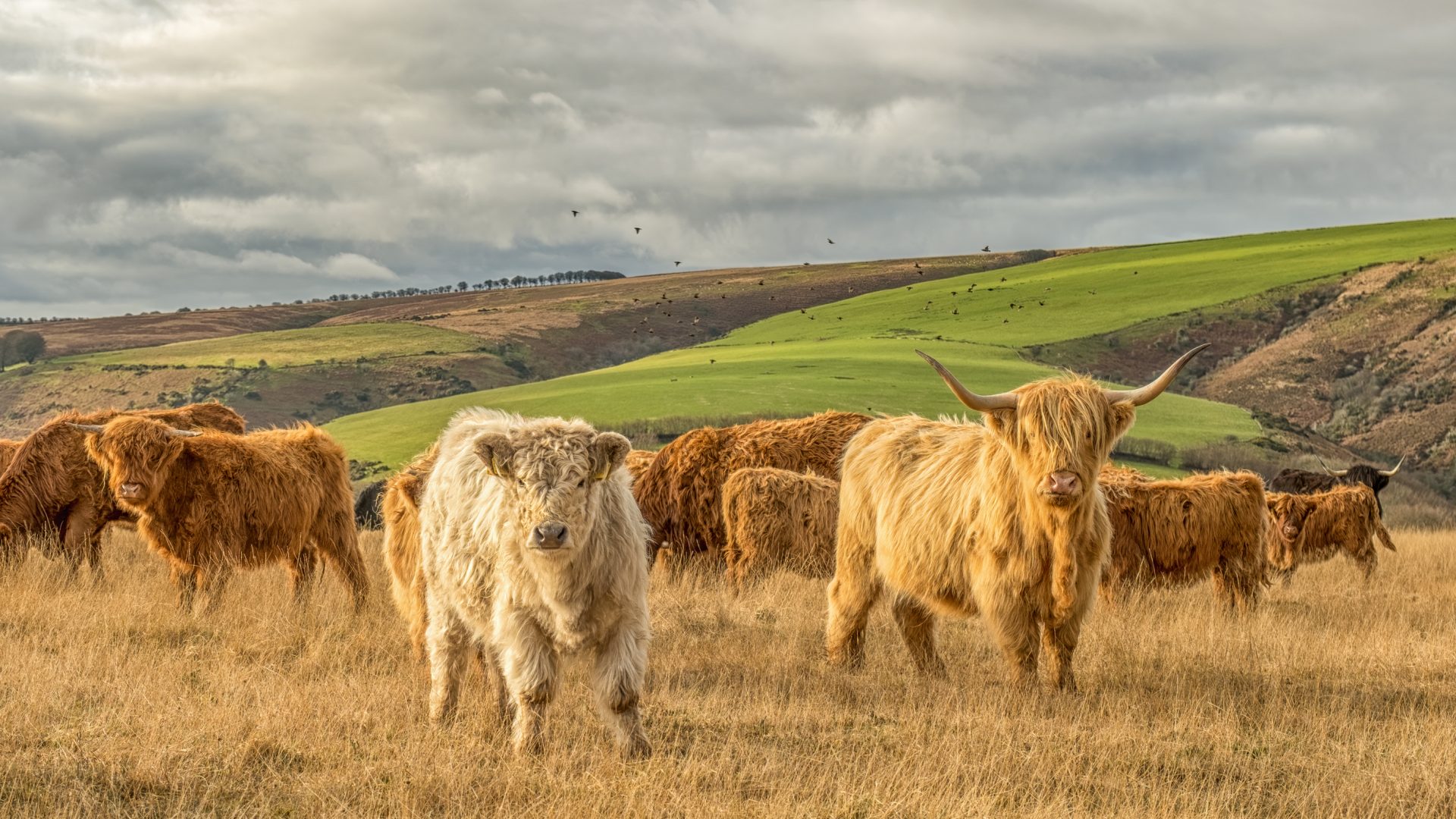
Exmoor National Park is one of the most important areas in the UK for butterflies.
As well as being home to the iconic Exmoor pony, Exmoor National Park’s moorlands, heathlands and valleys provide a diverse range of habitats that support a wide variety of flora and fauna. With the highest sea cliffs on the British mainland, the most extensive broadleaved coastal woods in Britain and the most remote shoreline in England, the Park also has some of the most distinct seascapes in the country. Almost a third of the Park is protected for wildlife under UK and European law. It is one of the most important areas in the UK for butterflies and is especially vital for the heath fritillary, found in only four locations in the UK.
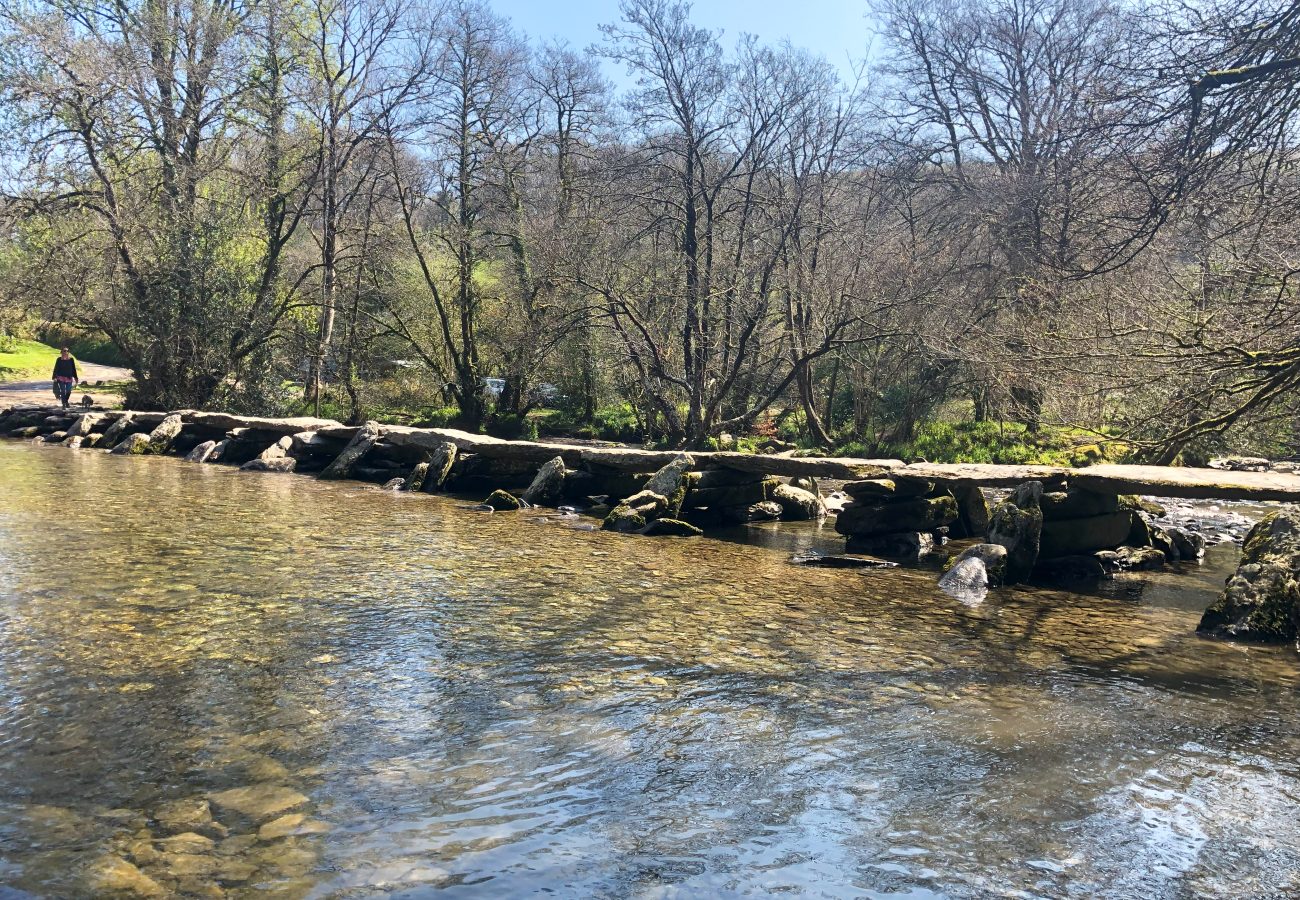
Tarr Steps © Harriet GardinerDid you know? Tarr Steps, an Exmoor landmark, is the longest remaining stone slab clapper bridge in Britain and is believed to date back to around 1000 BC.
Designation: 19 October 1954
Habitats: Coastal cliffs, woodland, ancient woodland, moorland, heathland, valleys, farmland
Common wildlife: Exmoor ponies, birds of prey such as the red kite, the harrier and the peregrine, waders, including lapwing and oystercatcher
Star spots: Heath fritillary butterfly, red deer, otters, badgers
Notable towns and cultural sights: Dunster Castle, Tarr Steps
Notable nature sights: Valley of the Rocks
Popular activities for visitors: Water sports, hiking, rock pooling, mountain biking
Highest peak: Dunkery Beacon at 519 meters above sea level
Annual visitor numbers: 1.38 million in 2019

Over 200 charities, businesses and organisations have signed our open letter to Keir Starmer asking him not weaken the laws protecting National Parks
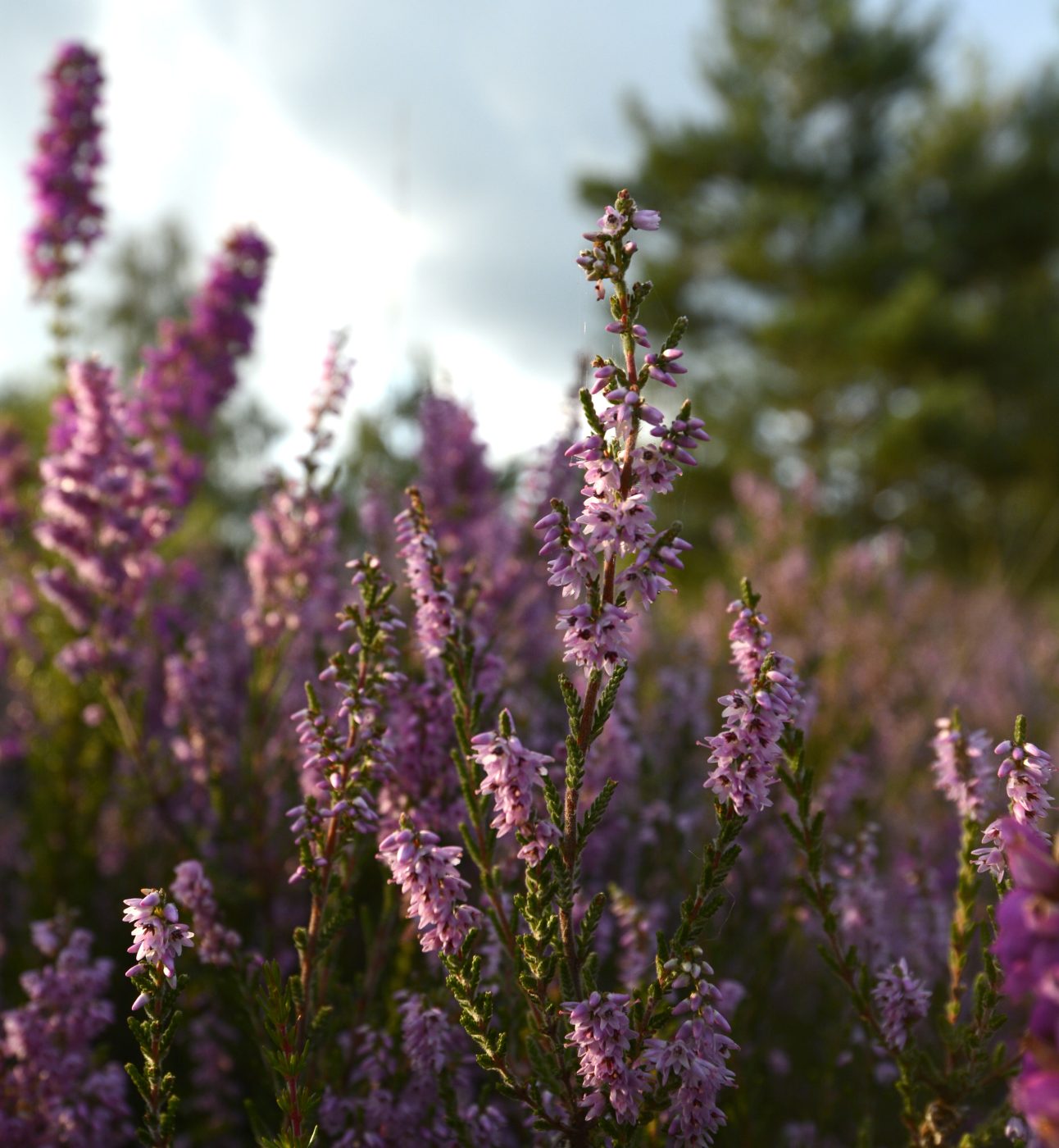
The UK Government has released official data on the state of nature in England’s Protected Landscapes, marking a big step forward in understanding how these special places are faring.
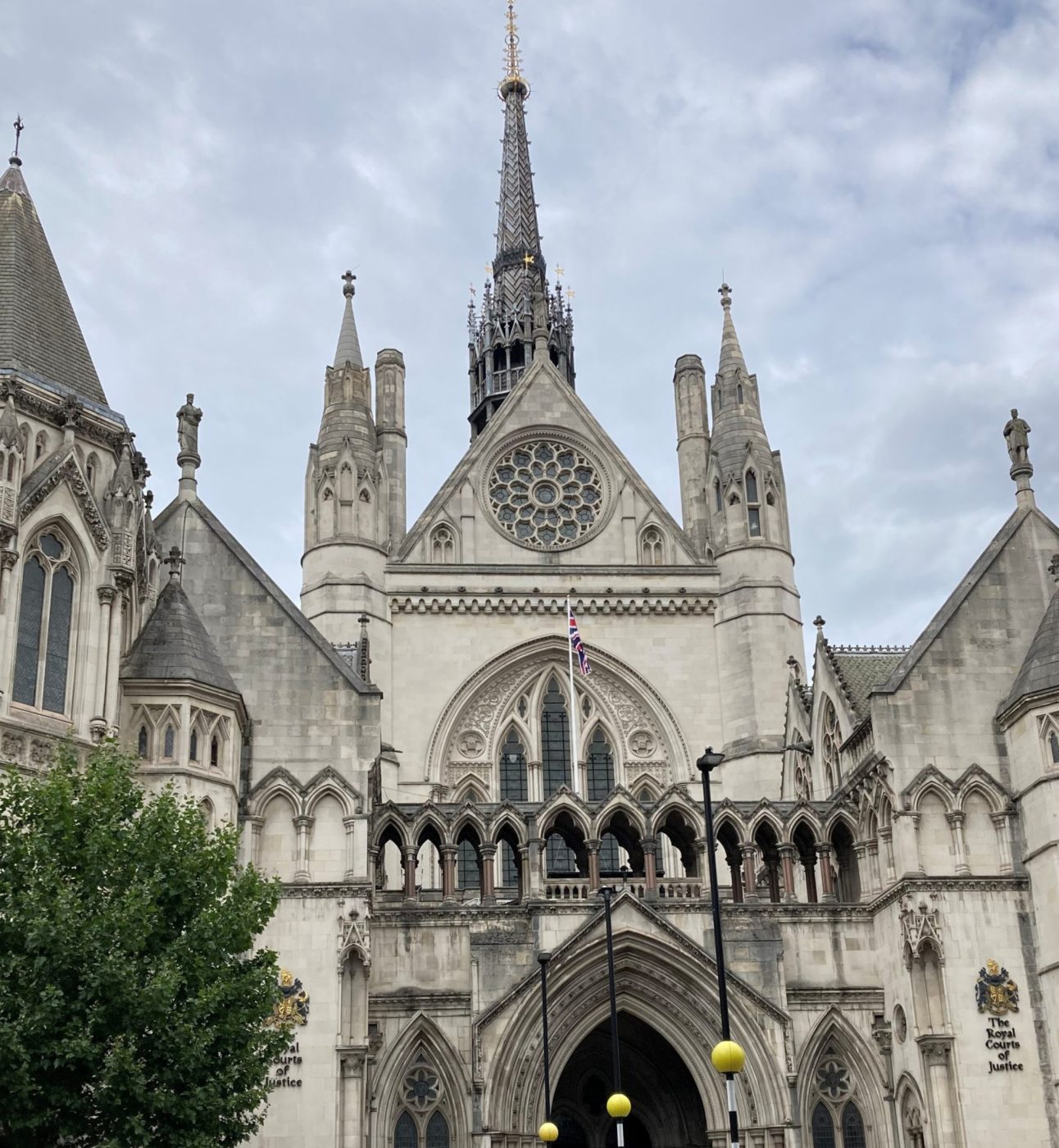
This week, Campaign for National Parks is in court to defend the law protecting all of England’s National Parks and National Landscapes.